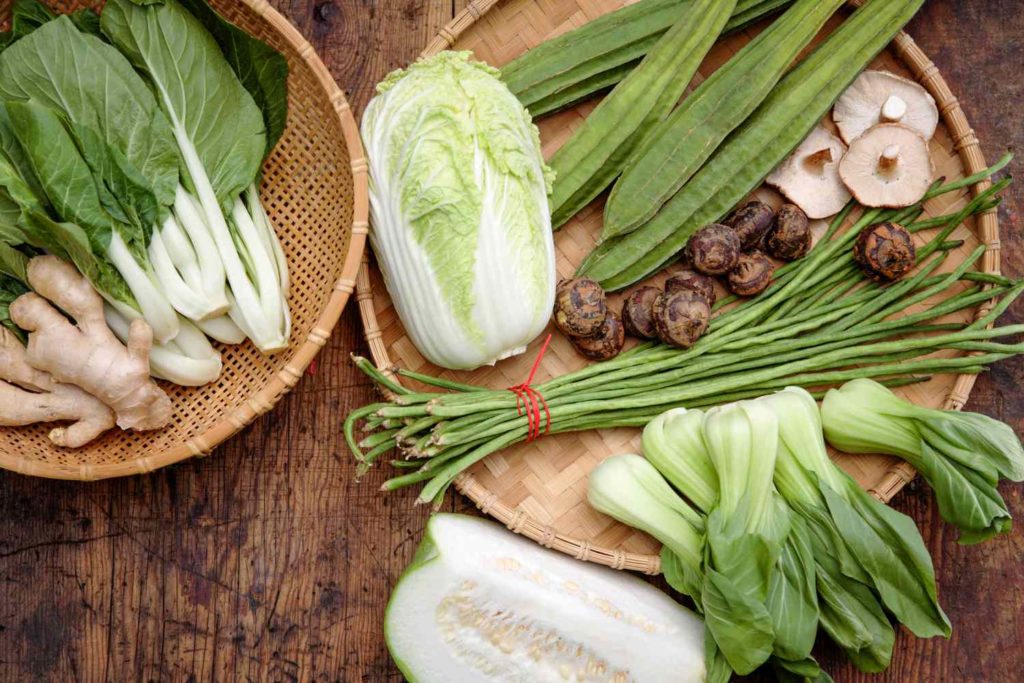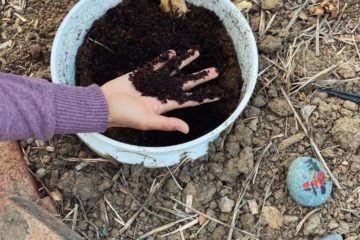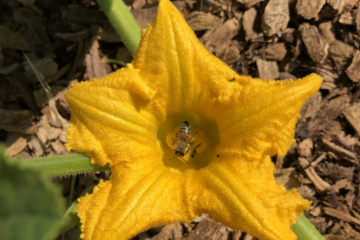Written by Sarah Hasham, Data Evaluations Intern
What is AAPI Heritage Month?
Asian Americans and Pacific Islander (AAPI) Heritage Month is celebrated every year in the United States during the month of May. The significance of this month is rooted in the history of Asian Americans and Pacific Islanders in the United States. From the earliest Asian immigrants who arrived in the 19th century to the diverse communities that make up the AAPI population today, this history is marked by both challenges and triumphs [1].
Asian Americans and Pacific Islanders have faced discrimination and prejudice throughout their history in the United States. From the Chinese Exclusion Act of 1882 to the forced internment of Japanese Americans during World War II, AAPI communities have experienced racism, xenophobia, and violence [2]. Despite these challenges, however, AAPI individuals and communities have made significant contributions to American society in fields such as art, science, technology, business, and politics. From civil rights activism to scientific breakthroughs, Asian Americans have left an indelible mark on the nation.
AAPI Heritage Month provides an opportunity to honor the struggles and successes of Asian Americans and Pacific Islanders throughout history, and to recognize their ongoing contributions to the United States.

AAPI Individuals Throughout American History
Patsy Mink (1927-2002) was a Japanese American politician from Hawaii who was the first woman of color to serve in the United States Congress. She was a vocal advocate for women’s rights, civil rights, and education reform, and was instrumental in the passage of Title IX, which prohibits gender discrimination in education.
Dr. David Ho (1952- Present) is a Chinese American physician and scientist who played a key role in the fight against HIV/AIDS. He was named Time magazine’s “Man of the Year” in 1996 for his work developing combination antiretroviral therapy, which transformed HIV/AIDS from a death sentence to a manageable chronic condition.
Dalip Singh Saund (1899-1973) was an Indian American politician who was the first South Asian American to serve in the United States Congress. He was a vocal advocate for civil rights and immigration reform and helped pave the way for future generations of South Asian Americans in politics.
Aulani Wilhelm (1970- Present) is a Native Hawaiian conservationist and environmental activist who has played a key role in promoting environmental conservation and sustainability in Hawaii and beyond. She has worked with the National Park Service and other organizations to protect Hawaii’s fragile ecosystems and promote responsible tourism. [4]

Each Green Corner’s Recognition of AAPI Heritage
Here at Each Green Corner, we strive to provide culturally significant produce for individuals of all backgrounds. In particular, we grow and donate many goods that serve as important ingredients in AAPI cultures and cuisines. Although we don’t currently grow each one of these items, we hope that as we expand as an organization, we will be able to expand our produce options as well!
Here are a few of our favorite fruits and vegetables commonly used in AAPI cuisine:
Bok choy*: This leafy green vegetable is a staple in Chinese cuisine and is often used in stir-fries, soups, and salads.
Daikon: This large, white radish is commonly used in Japanese, Korean, and Chinese cuisine. It can be eaten raw or cooked and is often used in pickles, soups, and stews.
Mango: This sweet tropical fruit is popular in Southeast Asian cuisine, especially in Thai and Filipino dishes. It is often used in desserts, salads, and smoothies.
Lychee: Another sweet tropical fruit, lychees are commonly used in Chinese and Vietnamese cuisine. They are often eaten fresh or used in desserts.
Chinese Mustard*: Also known as Gai choy or Chinese mustard greens, Chinese mustard is a leafy green vegetable that has a slightly bitter and peppery taste. It is often stir-fried, pickled, or used in soups and stews. The leaves and stems of the plant can also be used in salads or as a garnish.
Okra: This vegetable is often used in Indian and Filipino cuisine. It can be used in curries, stews, and soups or fried and served as a side dish.
Snap Peas*: Also known as sugar snap peas, are another popular vegetable used in Asian American cuisine. They are often stir-fried or used in salads and have a sweet, crisp flavor. [3]
*Ingredients we currently grow in our gardens!
Conclusion
In essence, this month highlights the importance of acknowledging the deep-rooted history of AAPI individuals and communities in the United States. We hope that you learned a bit more about the significance of this month, and how it relates to us here at EGC!
References:
[1] Palumbo-Liu, David. Asian/American: Historical crossings of a racial frontier. Stanford University Press, 1999.
[2]Harpalani, Vinay. “Dear Ohio interviews Vinay Harpalani: Celebrating AAPI Heritage Month and highlighting the rise of violence against Asian Americans.” (2021).
[3] Headspeath, A. (2016, November 7). 13 delicious fruits and vegetables unique to Southeast Asia. Culture Trip. https://theculturetrip.com/asia/thailand/articles/thai-fruits-vegetables-youve-never-heard-of/
[4] Waxman, O. B., & Cachero, P. (2021, April 30). 11 Asian american history moments to know for aapi month. Time. https://time.com/5956943/aapi-history-milestones/



0 Comments